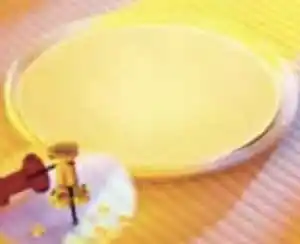افشین رشید
اُستادیار ؛ عضو هیات علمی دانشگاه آزاد اسلامی واحد علوم و تحقیقات تهران
615 یادداشت منتشر شدهE-Beam (nanolithography) Focused electron beam

Note: Writes arbitrary and complex patterns using a focused beam of electrons. The advantage is that almost any pattern can be created. The disadvantage of commercial production is that the processing time of an individual wafer can be relatively long (tens to thousands of hours).
Nanolithography, which is similar to standard semiconductor manufacturing, generally uses methods to create an image on a polymer resist layer. This image is then used as an etch mask to transfer the nanoscale pattern to the desired material. Nanolithography methods include interference lithography, electron beam lithography (electron beam) and repeating the nano pattern (for definitions to the sidebar). In general, each of these methods is optimal for some nanostructure patterns, materials and required volume. As a manufacturing method, nanolithography supports a wide range of integration modes for optical circuits.

Nanolithography is the art of creating structures on a nanometer scale. This may be used to create integrated circuits and components for semiconductor technology, where the ability to produce the smallest possible transistors and circuits not only enables the creation of smaller devices, but can also increase The productivity and performance of the parts will help. Advances in lithography methods have also enabled the fabrication of complex structures that can be used for micro-electromechanical or nano-electromechanical devices (MEMS or NEMS). be used Such miniature machines have already been used as pH sensors and transistors, but there are many future developments for such technologies, such as using the devices for drug delivery.Nanolithography is a branch of nanotechnology and is the name of the process of printing, writing or engraving patterns at the microscopic level in order to create extremely small structures. This process is commonly used to create smaller and faster electronic devices such as micro/nanochips and processors. Nanolithography is mainly used in various technology sectors from electronics to biomedicine.

Conclusion :
Writes arbitrary and complex patterns using a focused beam of electrons. The advantage is that almost any pattern can be created. The disadvantage of commercial production is that the processing time of an individual wafer can be relatively long (tens to thousands of hours).